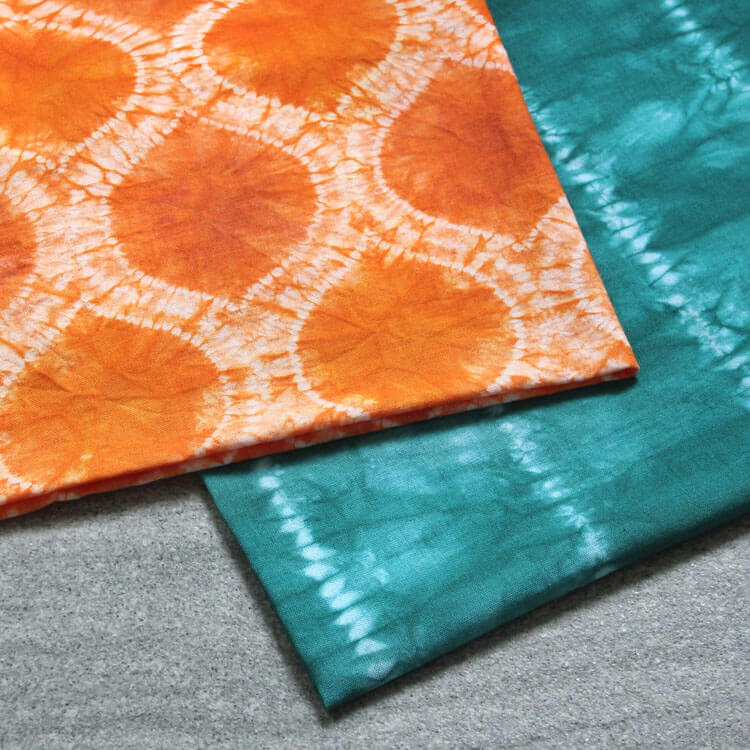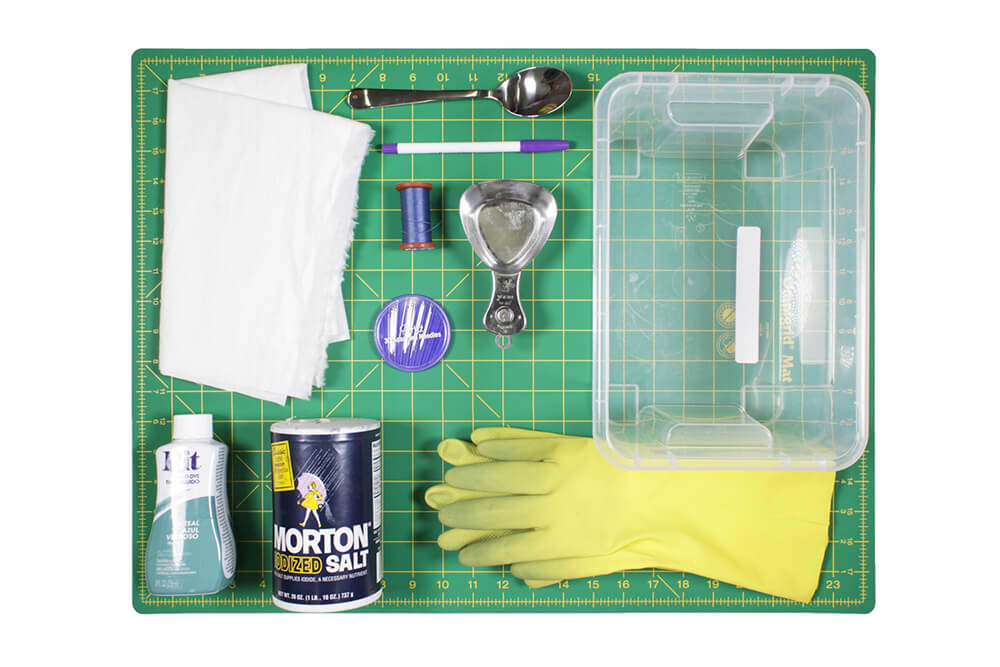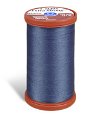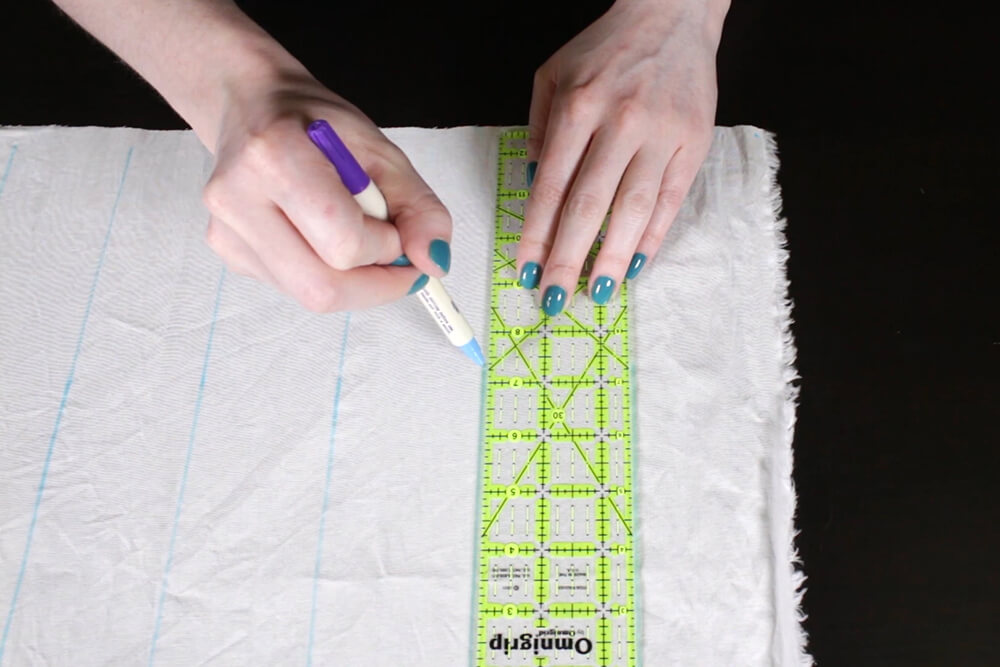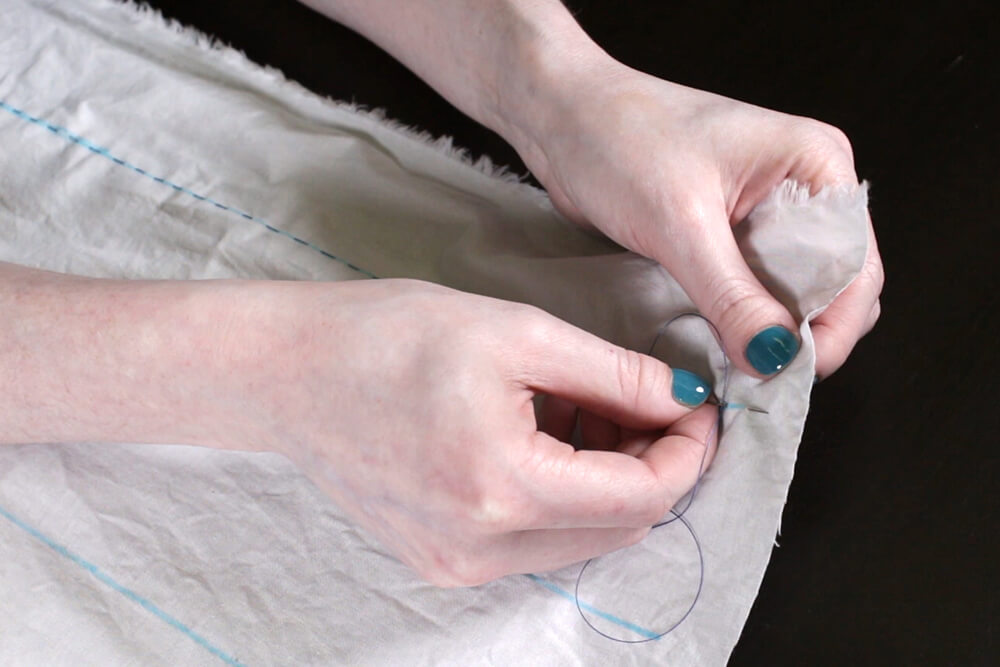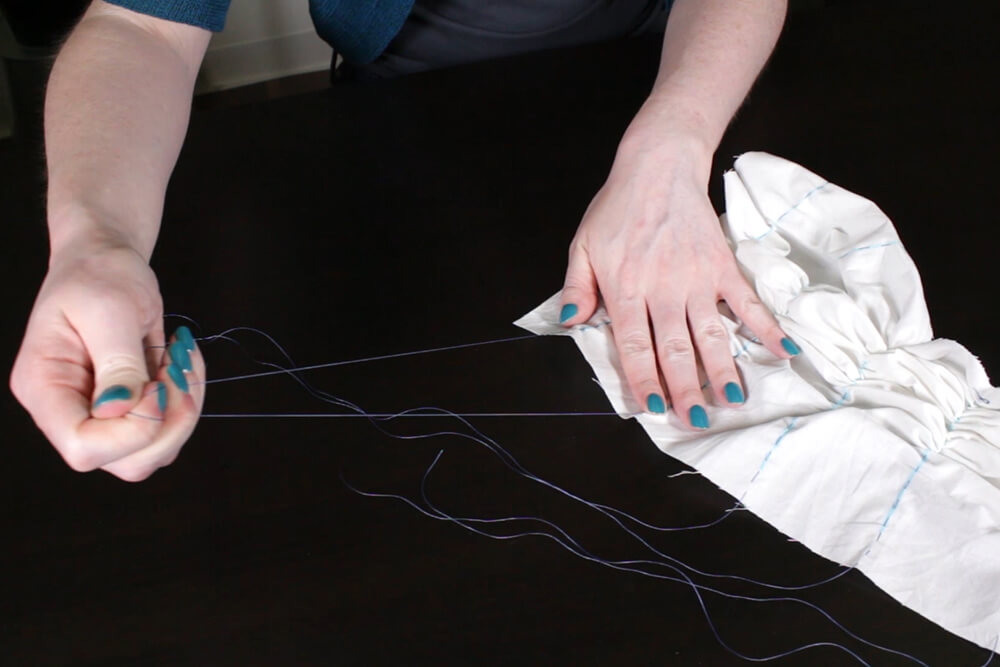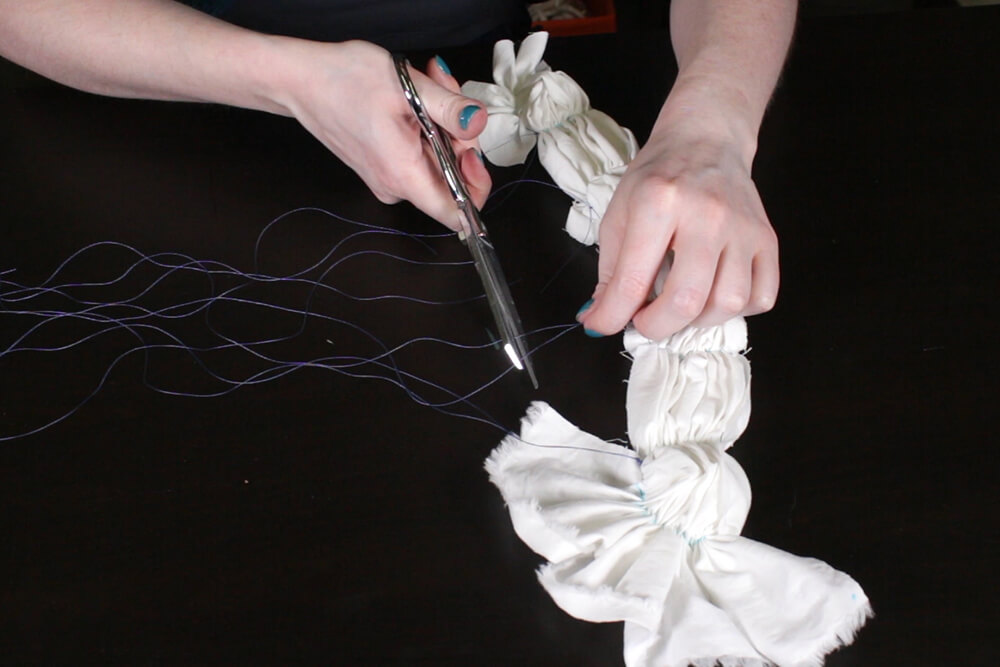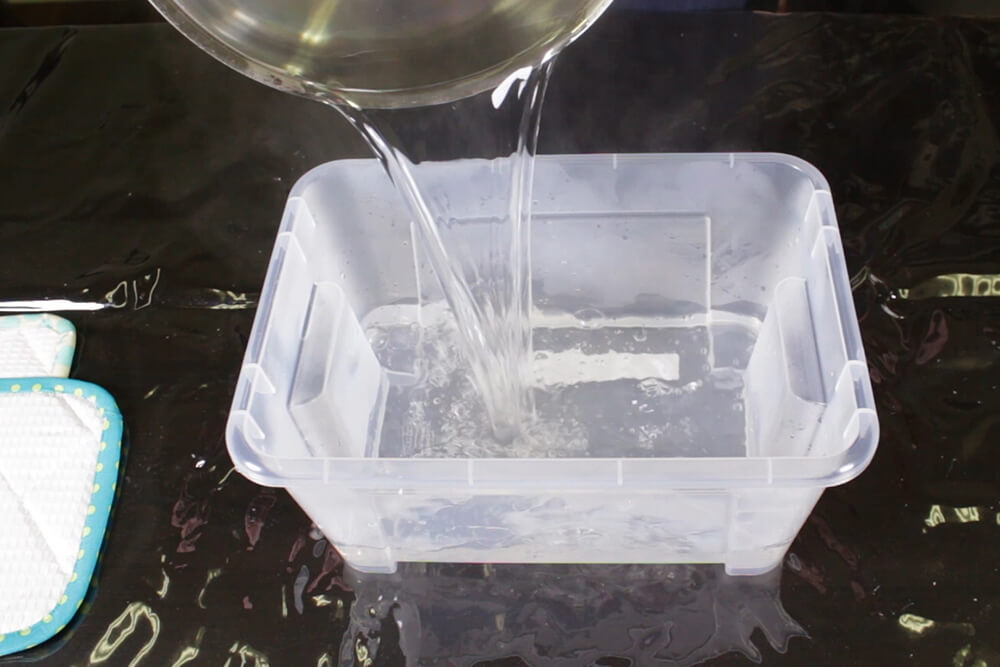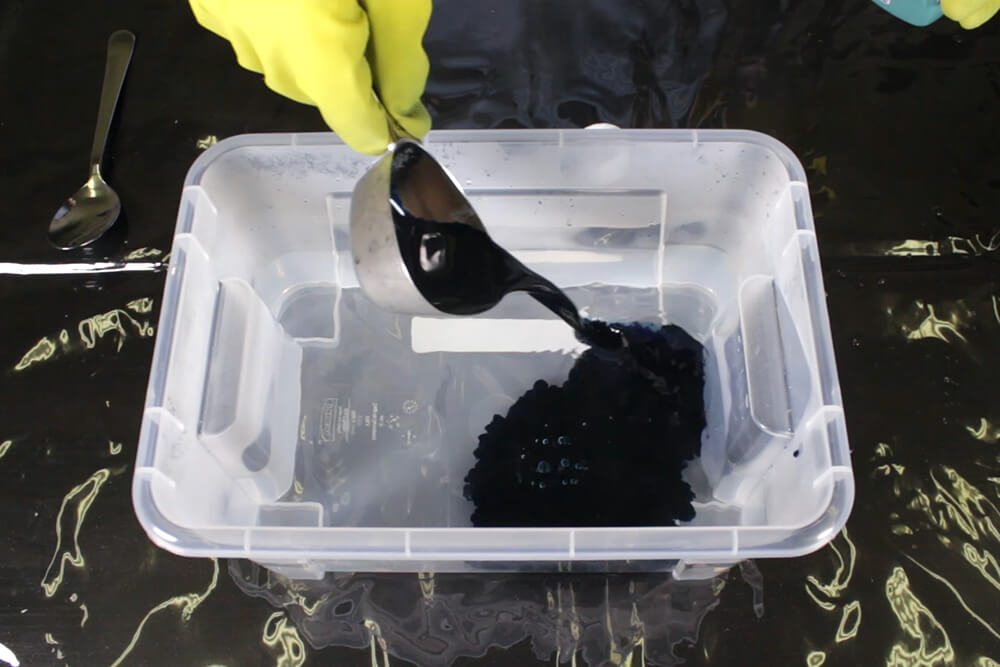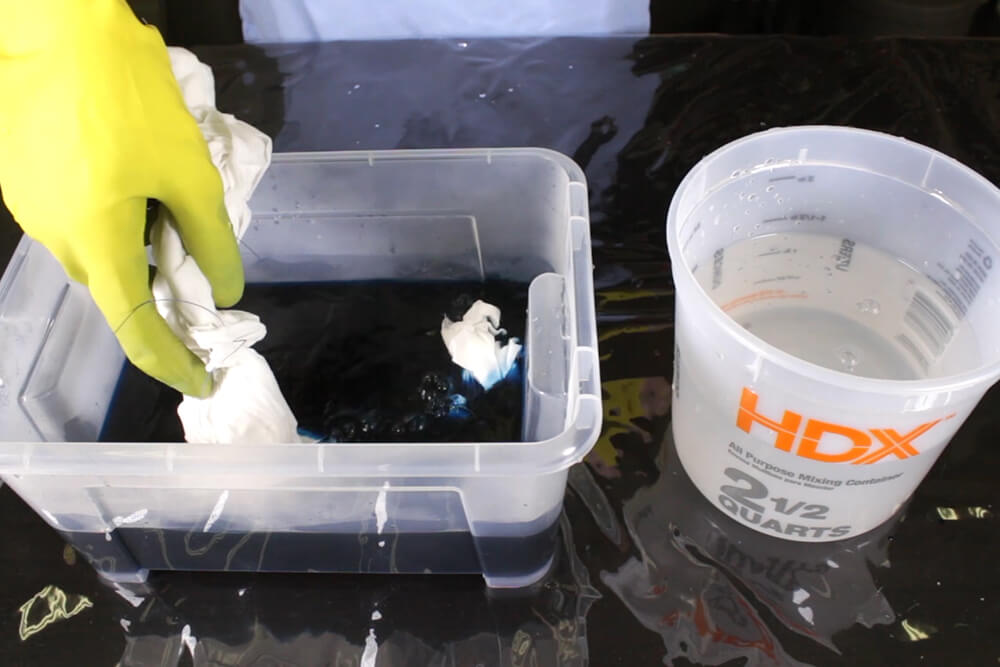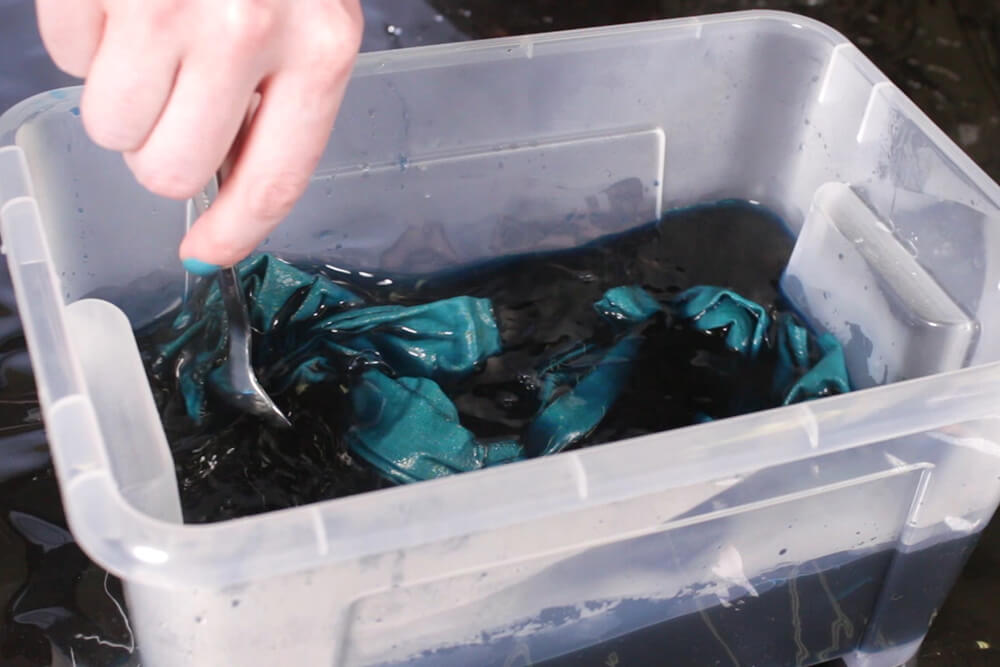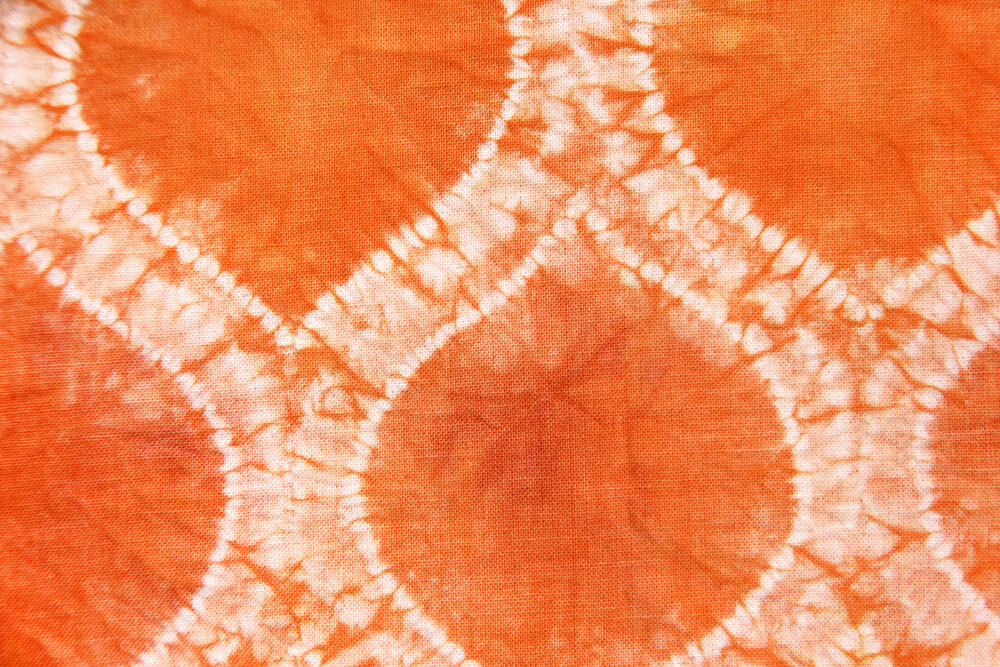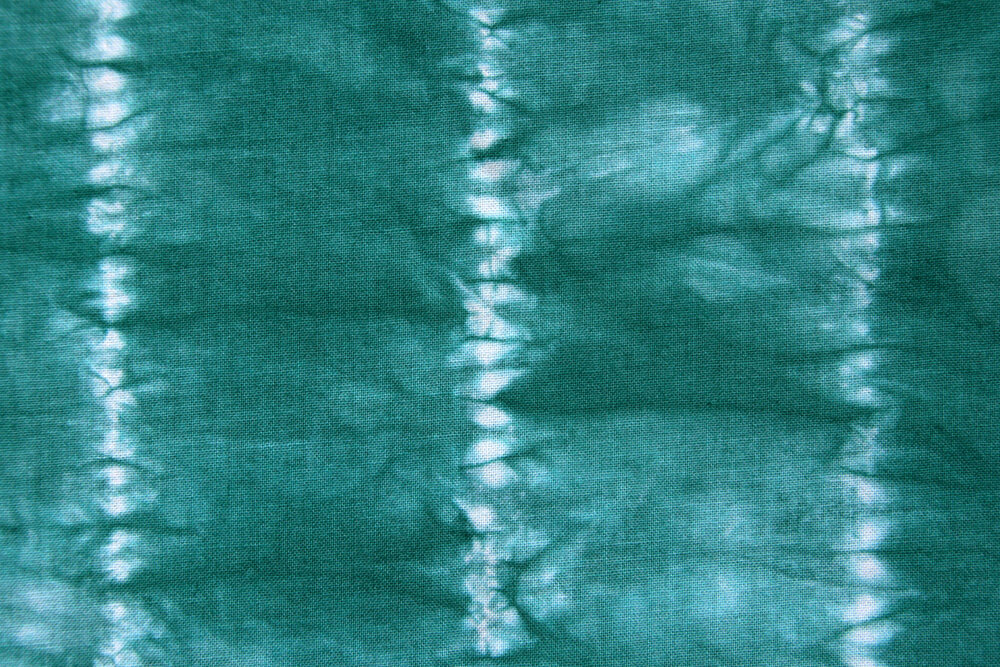How to Dye Fabric: Shibori Tie Dye with Stitch Resist
- By Clara
- Beginner
- 45 minutes
This Shibori dyeing technique uses thread to create a pattern. The stitches act as a resist so the dye can’t penetrate certain areas of the fabric. With this method you can basically draw with the thread to create detailed designs. With Shibori stitch resist, the possibilities are endless, so experiment with different designs and multiple colors to get beautiful and unique results.
Want to get the orange ogee pattern and the printable PDF instructions? Sign up to our mailing list to download the PDFs.
Materials
- Fabric or an item of clothing
- Rit fabric dye
- Upholstery thread
- Hand sewing needle
- Fabric marker
- Salt
- Container for dyeing
- Spoon
- Rubber gloves
- Measuring cup
Video
Instructions
Step 1: Stitch the fabric
For best results, use a fabric made from natural fibers like cotton, and pre-wash the fabric.
First draw your design on the fabric using a washable fabric marker or pencil. The simplest pattern is straight lines, but you can create all sorts of designs with the thread.
Cut a piece of thread long enough to go across the fabric. Thread the needle and knot it at one end.
Then hand sew with a running stitch along your lines. I’m spacing out the stitches about ¼” but you can sew shorter or longer stitches to get different results. Use a strong thread like upholstery thread, so it doesn’t break when tightened later.
Step 2: Dye the fabric
These dyeing instructions are for Rit dye, but other types of dyes can also be used for this technique.
Make sure your workspace is covered with plastic or something to protect it from staining.
Soak the fabric in warm water first so it will absorb the dye better.
Heat at least enough water to easily cover the fabric. With the water near boiling, pour it into a container. Put on rubbers gloves and add the dye, shaking it first. I’m using teal rit dye. Stir the dye bath and put in the fabric.
The amount of dye you use will depend on the color you want to achieve, the amount of water you’re using, and the amount of fabric.
If you’re dying cotton, rayon, or linen fabric, adding salt will help the dye absorb better. After a couple of minutes add the salt and stir. The amount of salt I used is about the same as the amount of dye.
You can move it around to allow the dye to get deeper into the fabric. Let the fabric sit for about half an hour.
Step 3: Rinse & remove thread
Rinse in warm water, then cold, until the water runs clear. Cut the thread and remove it as you rinse.
Machine wash on cold and dry.
Want to try it out? Find fabric dye here.

